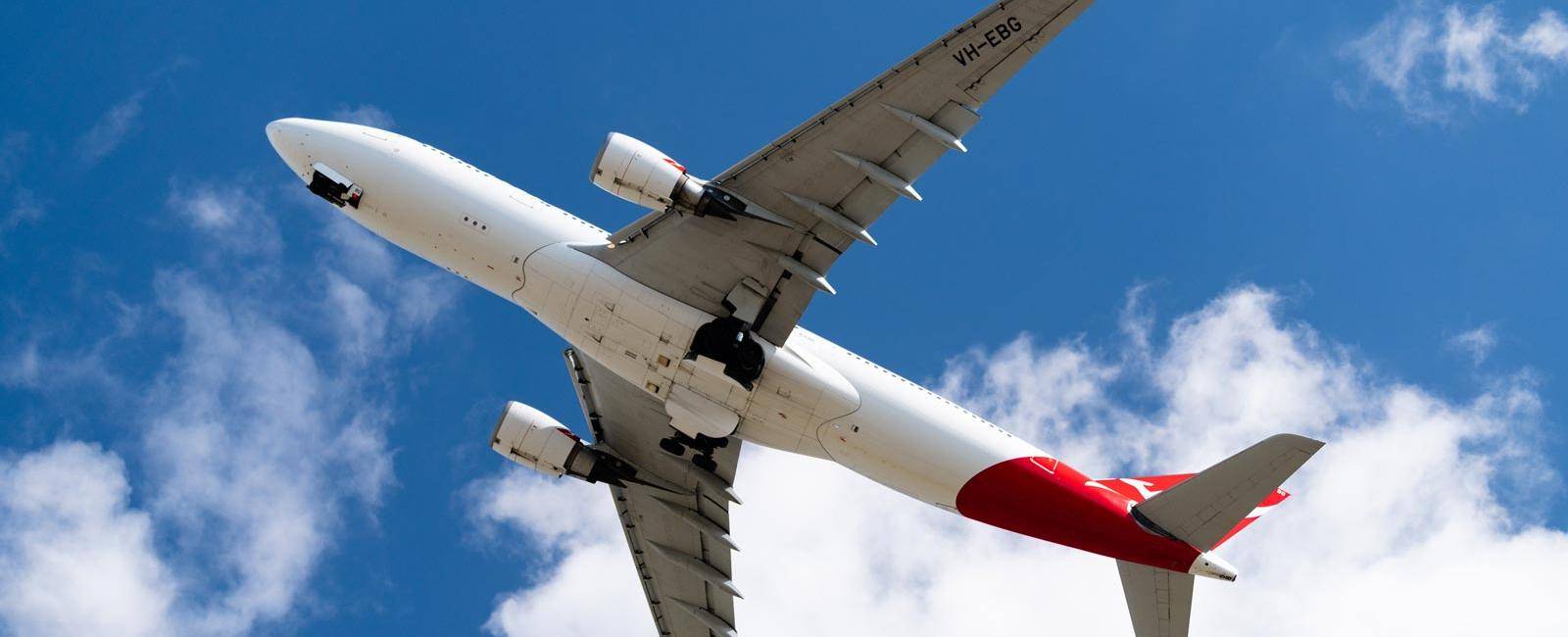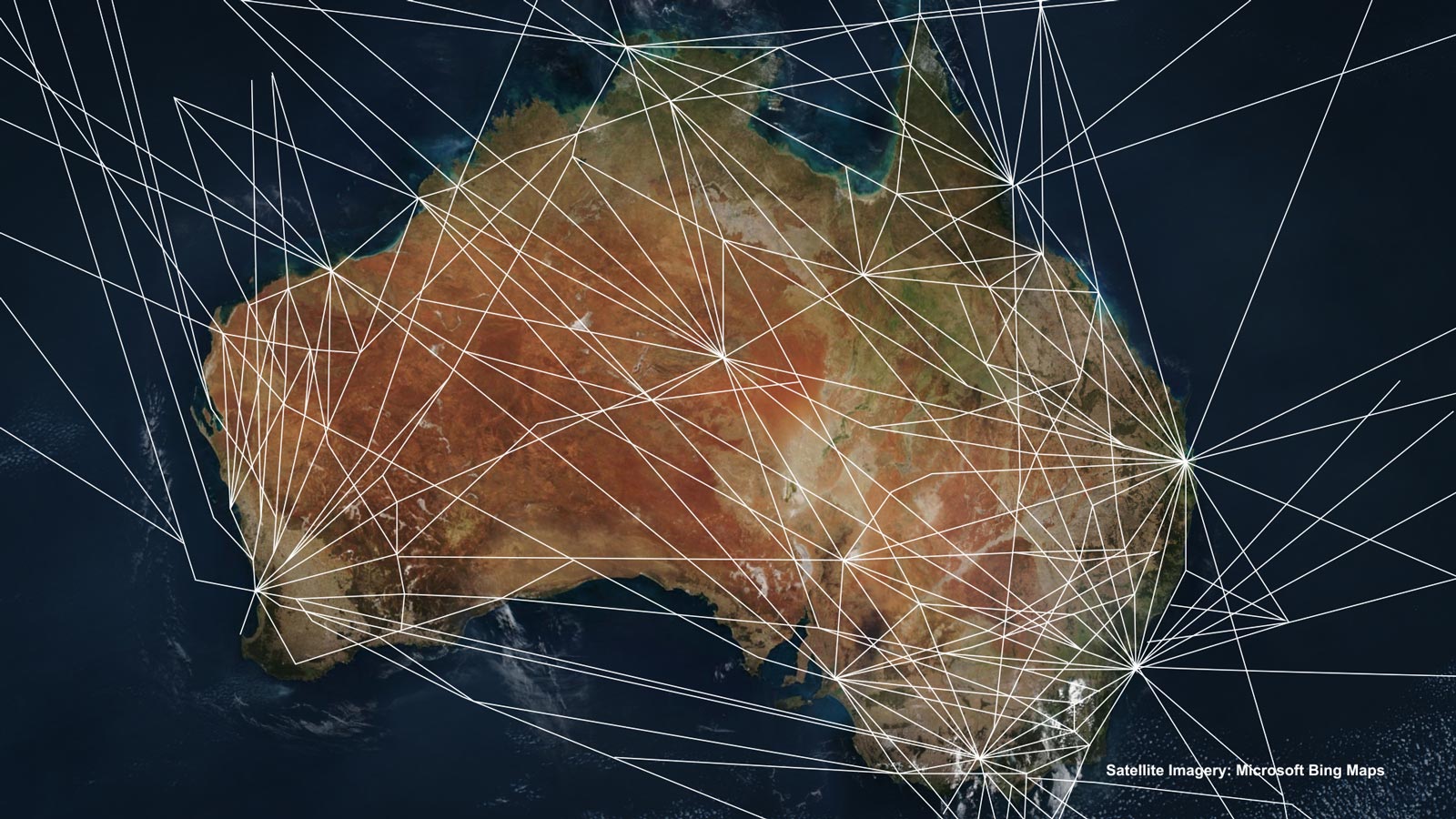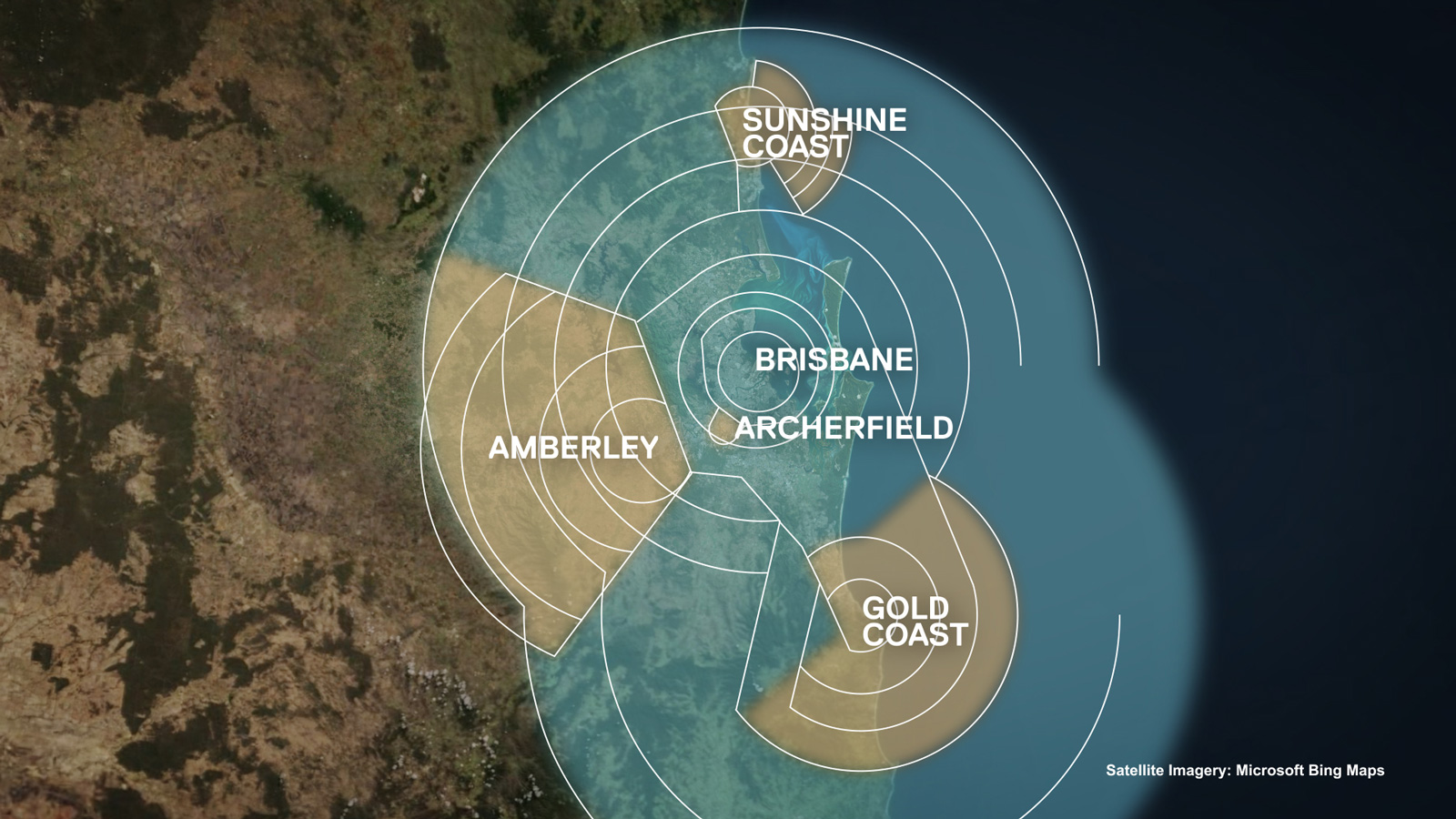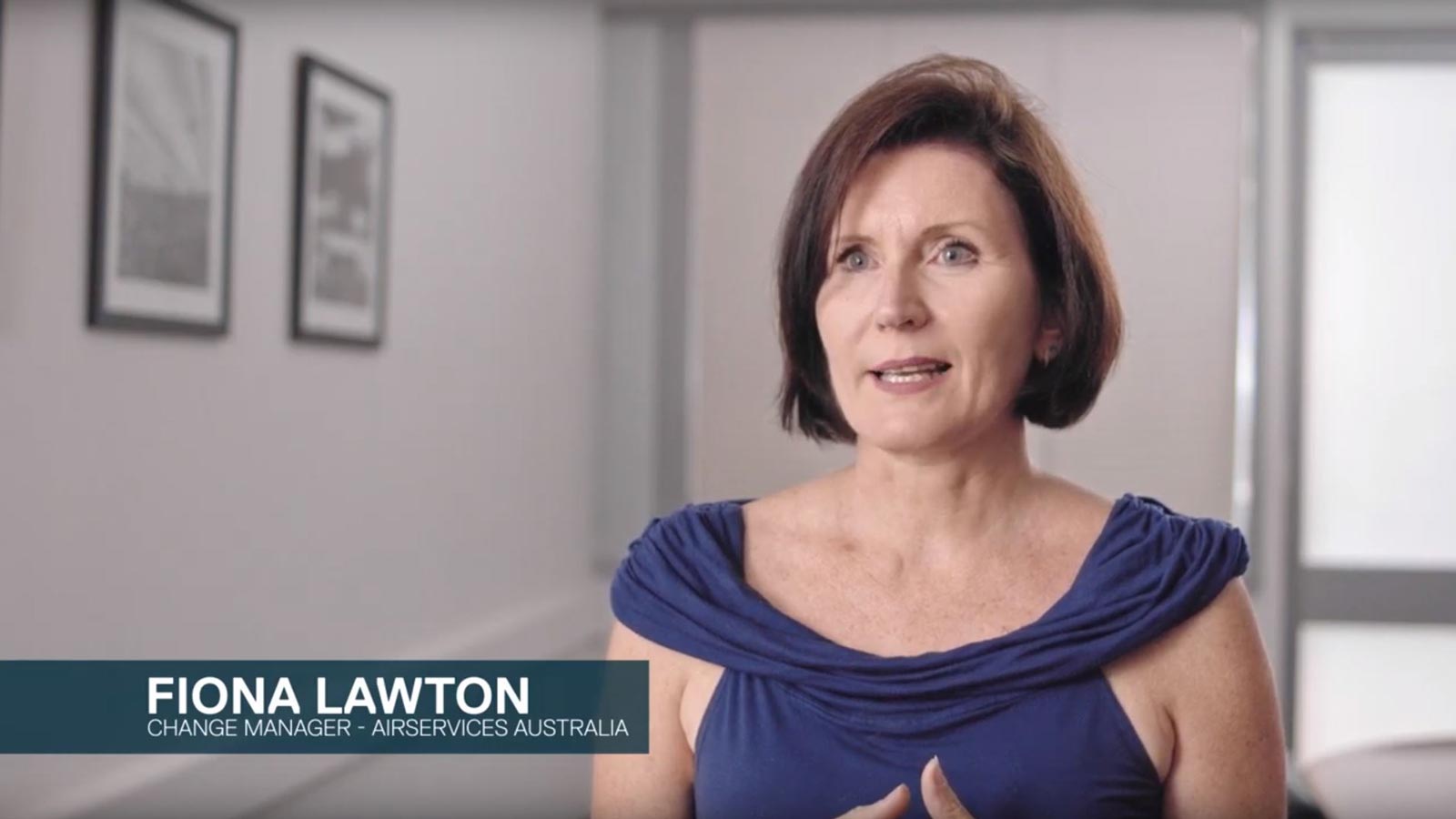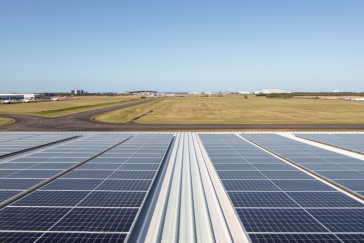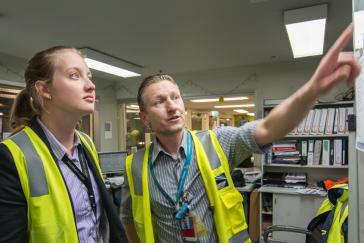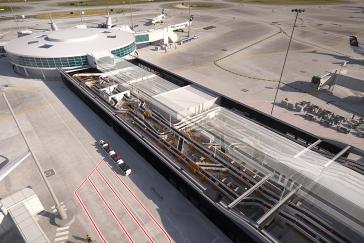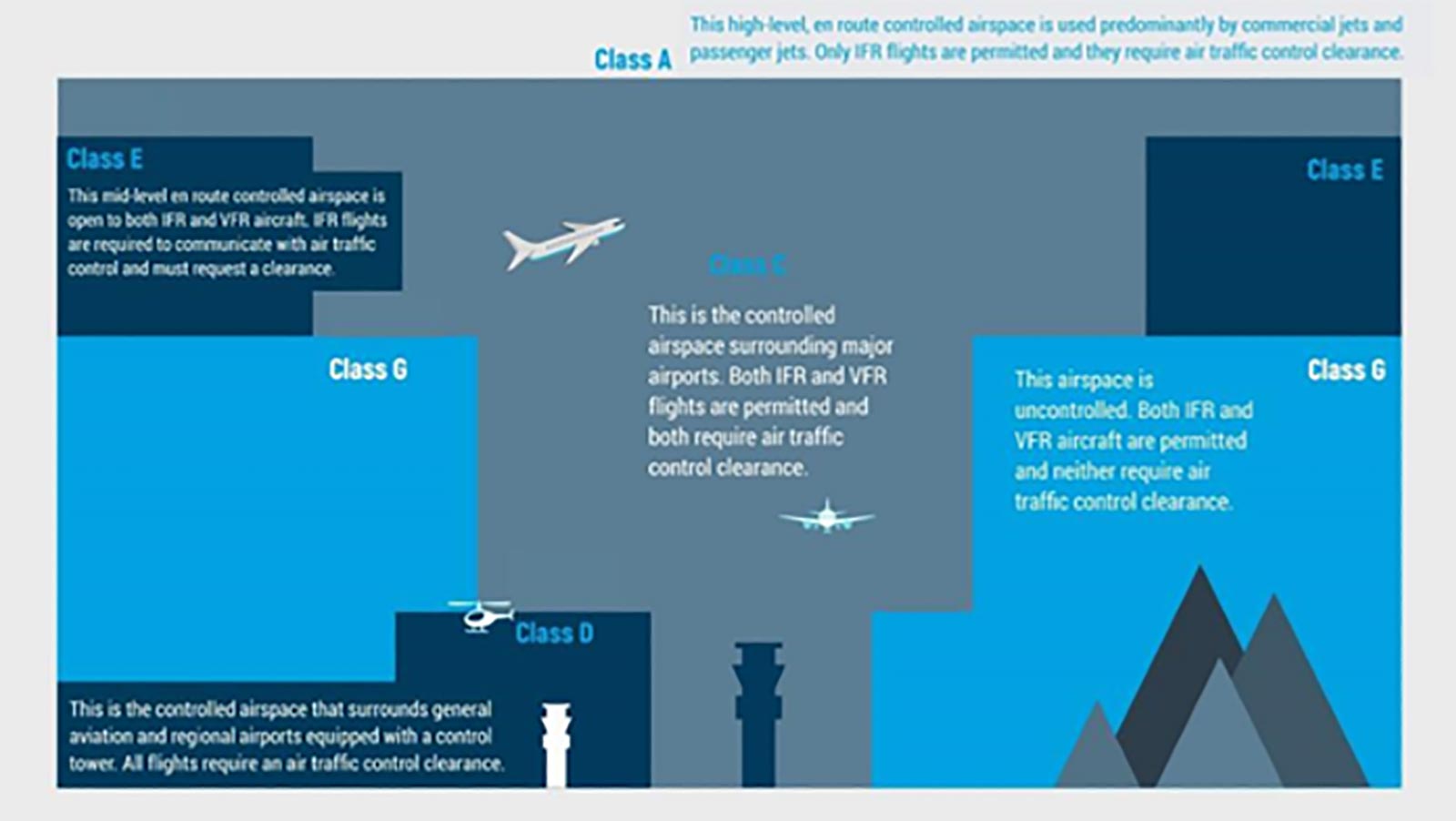
There are few things in this world as complex as the process of designing airspace but trying to explain said process is very nearly one of them. Put simply, the goal of airspace design is to provide the flight paths that help aircraft get from the runway to the overarching network in the sky that connects cities and destinations. It is a delicate balance of science and art – meeting a number of regulatory requirements and non-negotiables while weaving and creating a network that best meets the needs of every party imaginable.
The world’s airspace is divided into regions or sectors according to countries or groups of countries that have the authority to manage the aircraft within them. In Australia, it is Airservices Australia (Airservices) who manages our airspace - 51.7 million square kilometres (which is around 11 per cent of the world’s total airspace) which includes some of the busiest air routes in the world between Melbourne, Sydney and Brisbane.
Airservices provides services in accordance with the rules and guidelines of the International Civil Aviation Organisation (ICAO) and Australia’s Civil Aviation Safety Authority (CASA) regulations. The types of services delivered across the Australian airspace is defined by the ICAO airspace classification system. This means airspace is either controlled or uncontrolled. Controlled airspace keeps passenger aircraft within airspace safely above obstacles and terrain and separated from other users. To enter controlled airspace, an aircraft must first gain clearance from an air traffic controller. Uncontrolled airspace allows access for other aircraft such as helicopters, charter and recreational aircraft to operate, including to and from smaller airports, following visual flight rules or instrument flight rules.
As well as being classified as controlled or uncontrolled airspace, it is further divided into different classes where internationally agreed rules for visual and instrument flying apply, and this also determines the type of service that air traffic control will provide. Depending on how far and high an aircraft wants to fly, it will pass through different classes of airspace in which different rules and services apply.
It’s a lot to factor in, and that’s just the half of it when it comes to the non-negotiables in airspace design! So, you can imagine the process of designing new flight paths in and out of Brisbane to support the new runway and parallel runway operations was nothing short of thorough and intense.
Think about it this way: There are many airports along Australia’s east coast, including military airports with airspace that is often not available for civil aircraft to fly through. In the airspace around Brisbane Airport, aircraft must be able to safely fly in and out of the Gold Coast, Sunshine Coast, Archerfield and the military airfield at Amberley with many of these flights crossing the 600-700 flights in and out of Brisbane Airport every day.
It’s little wonder the design process for Brisbane’s new flight paths required three years of close collaboration between Brisbane Airport, major airlines, the military, regulators and Airservices Australia. Fiona Lawton works for Airservices Australia as the Change Manager for flight path changes, and has been part of this journey for several years. She explains that there was an added layer of complexity in designing airspace for Brisbane Airport because of its surroundings.
“It’s tricky to understand why we need to put flight paths in particular places, but when you see the limited amount of space we’re actually working with, it becomes clearer. For the Brisbane basin, for example, we need to consider the Sunshine Coast, Gold Coast, Amberley, Archerfield, and all the other operators that use the range of airspace within that basin.”
While flight paths are based on standard instrument arrivals (STARs) and standard instrument departures (SIDS), there was something special about the final design of Brisbane’s new flight paths. A lot of care and expertise went into ensuring the design was the safest, most contemporary, and efficient flight path design that could be developed, and the fact remains that the Brisbane airspace design underwent numerous different iterations and underwent a lot of scrutiny during development.
This is because there are so many factors to consider when planning airspace design, with the most important being safety. Other factors include minimising noise for the community, efficiency of operations, reducing emissions, and minimising restrictions on operations for other airports, while optimising operations to suit the local weather conditions. The art in this process lies in finding the iteration that meets all of the non-negotiables while achieving the best possible solution for airlines, airports, general aviation and the community.
“In creating that invisible architecture, it starts actually with the runway. Runways are designed so that they can optimise the local weather conditions, particularly wind, because aircraft like to land and depart into wind as much as possible.”
The parallel runway system at Brisbane Airport nails all the above considerations. In fact, it ensures that Brisbane has the most efficient runway system in Australia and allows for significant improvements in noise minimisation for its surrounding communities, particularly at night thanks to ‘over the bay’ operations.
“The fantastic aspect of Brisbane’s new runway is that the design enables us to create airspace and flight paths that really optimise independent operations. What does that mean from an air traffic point of view? It means that two runways can operate independently, giving excellent safety and efficiency opportunities not just for Brisbane but for the broader network of all the aircraft flying into and out of this region. And it also enables us to design flight paths that wherever possible, can incorporate over the water operations and also include different types of approaches that can minimise the effective noise on communities.”
There is little wonder Fiona feels an immense sense of pride and accomplishment. The new runway, and its accompanying flight paths, are so much more than invisible pieces of infrastructure. Together, they will serve the needs of South East Queensland for decades to come, maintaining and growing our connections with the world as our city continues to grow.
“This is one of the most exciting projects that I’ve been able to work on. It’s not often you get to have a very large infrastructure and then airspace architecture project that really transforms the way that we operate within the Brisbane basin. I am really excited and looking forward to seeing what we are able to implement in 2020 and beyond.“
CREDITS

